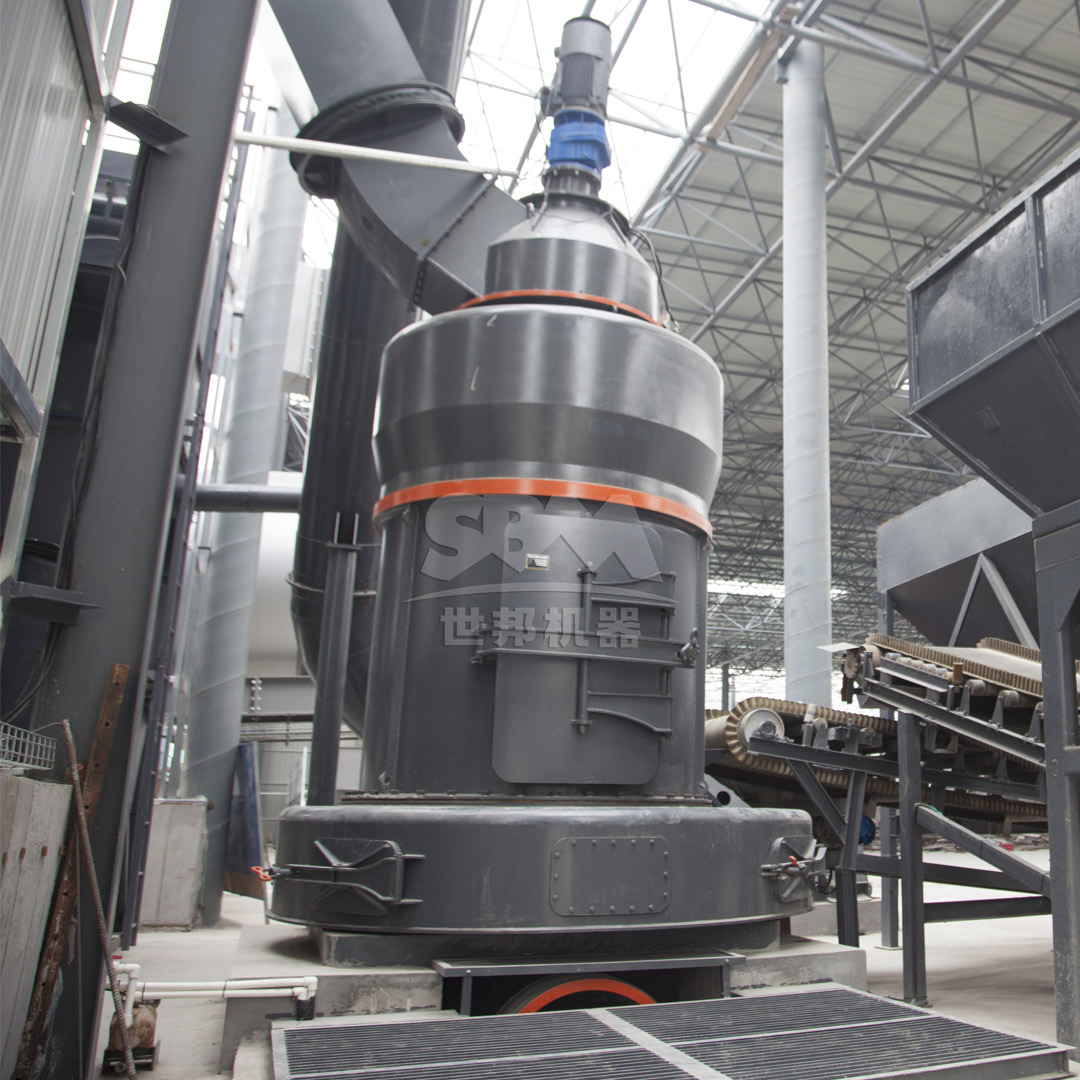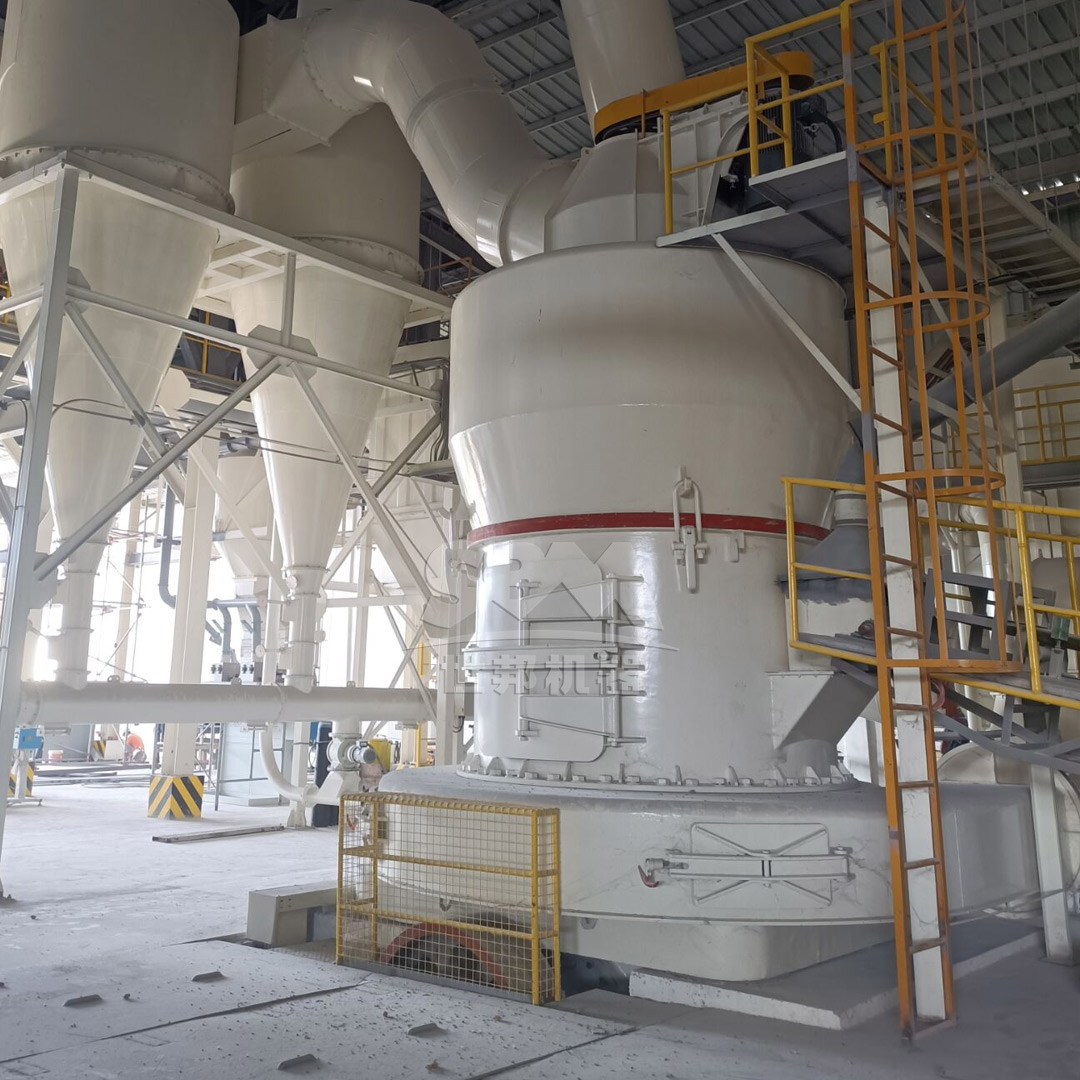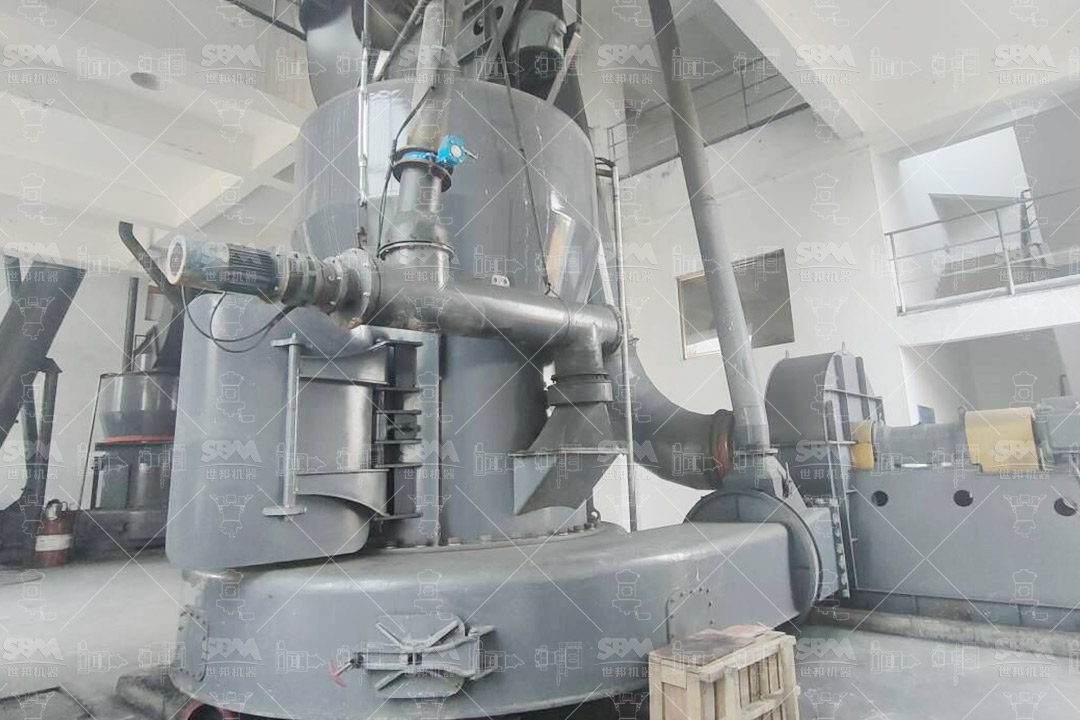The automotive industry relies heavily on high-performance sealants to ensure vehicle durability, weather resistance, and structural integrity. Among the critical components in sealant formulations, calcite (calcium carbonate) stands out for its ability to enhance mechanical properties, improve rheological behavior, and reduce production costs. However, the efficacy of calcite in sealants is intrinsically linked to its particle size distribution, morphology, and surface area—attributes meticulously controlled during the milling process. This article explores the pivotal role of advanced roller mill technologies in optimizing calcite processing for automotive sealants, with a focus on achieving superior product performance through precision grinding.
Calcite serves as a functional filler and extender in sealant systems, contributing to key properties such as tensile strength, adhesion, and viscosity modulation. Its lamellar structure facilitates stress distribution, while its low oil absorption allows for high loadings without compromising flexibility. In automotive applications, where sealants are subjected to thermal cycling, UV exposure, and mechanical stress, the consistency of calcite particles is paramount. Suboptimal grinding can lead to agglomeration, broad particle size distributions, or excessive fines—each capable of undermining sealant performance. For instance, uneven particles may create weak points in the cured matrix, while overly fine powders can increase viscosity unpredictably.
| Particle Size Range (μm) | Impact on Sealant Properties | Ideal Application |
|---|---|---|
| 1–5 | High reinforcement, thixotropy | Structural adhesives |
| 5–15 | Balanced strength and flexibility | Body seam sealers |
| 15–45 | Cost-effective extrusion | General-purpose sealants |
Processing calcite to meet automotive standards involves overcoming several challenges. First, the mineral’s moderate hardness (3 on the Mohs scale) necessitates gentle grinding to prevent over-processing and amorphization. Second, heat generation during milling must be minimized to avoid degrading surface treatments or inducing moisture absorption. Third, achieving a narrow particle size distribution (PSD) is critical; wide PSDs can lead to packing inefficiencies and reduced sealant cohesion. Traditional ball mills often struggle with these demands due to inefficient energy utilization and limited classification capabilities.

Modern roller mills address these challenges through engineered grinding mechanisms and integrated classification systems. Unlike impact-based pulverizers, roller mills employ compressive forces between grinding elements, resulting in more uniform particle morphology and reduced fines. Key technological advancements include:
For sealants requiring ultra-fine calcite fillers (e.g., high-strength epoxy formulations), the SCM Ultrafine Mill offers unparalleled performance. Capable of producing powders with D97 ≤ 5μm (2500 mesh), this mill integrates a vertical turbine classifier for precise粒度控制. Its multi-layer grinding ring and roller assembly ensures progressive size reduction, while the absence of screws in the grinding chamber eliminates contamination risks. With energy consumption 30% lower than jet mills and noise levels below 75 dB, the SCM series is ideal for environmentally conscious production facilities. The SCM1250 model, with a throughput of 2.5–14 t/h and 185 kW power, strikes an optimal balance between capacity and fineness for mid-to-large-scale sealant manufacturers.

When processing calcite for general-purpose sealants (30–325 mesh), the MTW Series Trapezium Mill delivers robust efficiency. Its curved air channel reduces turbulence and energy loss, while the conical gear transmission achieves 98% mechanical efficiency. The modular wear-resistant shovel blades extend service intervals, lowering operational costs. For automotive sealant plants with variable output requirements, the MTW215G model provides flexibility—processing up to 45 t/h at 325 mesh with a 280 kW main motor. The mill’s internal oil lubrication system and pulse dust collector further enhance reliability and environmental compliance.
A European automotive supplier transitioned from ball-milled to roller-milled calcite using an MTW175G mill. The resulting powder (D50 = 8 μm) exhibited 12% narrower PSD, which translated to a 15% improvement in sealant tear resistance and 8% reduction in viscosity variability. The consistent particle shape also enhanced dispersion during mixing, reducing process time by 20%. These outcomes underscore how tailored milling directly correlates with end-product performance.
The evolution of automotive sealants toward higher durability and sustainability will further emphasize the importance of optimized mineral processing. Roller mills equipped with AI-driven controls and inline particle analyzers are poised to enable real-time fineness adjustments, ensuring that every batch of calcite meets exacting specifications. As the industry advances, technologies like the SCM Ultrafine Mill and MTW Trapezium Mill will remain indispensable for manufacturers seeking to leverage calcite’s full potential in next-generation sealant systems.
